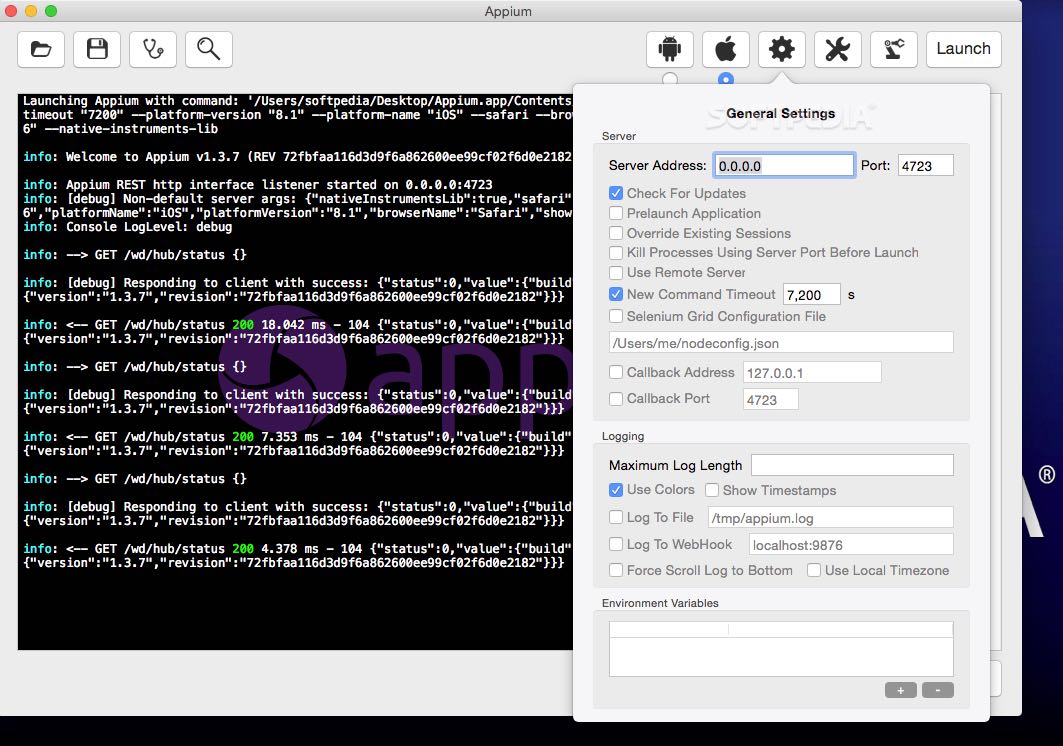

However, the real beauty of Appium lies in its ‘cross-platform’ support. Using Appium, we can automate iOS, Android and Windows Phone apps on both emulator/simulator and on physical mobile devices. It allows automation of native, mobile web and hybrid mobile applications. To put it simply, Appium is an open-source tool for mobile automation. Let’s get down to business and start this Appium tutorial with an introduction to Appium. In any case, if Appium is something that interests you, you will find this Appium tutorial useful. Although, experienced users will also find it a great refresher. The target audience of this Appium tutorial is complete beginners. In this article, we will try to cover every aspect of Appium that a user starting from scratch would find interesting. So why not start learning it right now with this detailed Appium tutorial? Sounds exciting, right? Let’s start then, with our first step towards Appium journey. No doubt learning it would make our mobile testing life a whole lot easier. It’s flexible, scalable, feature rich and immensely helpful. While there are many tools available for mobile automation right now, Appium is one of the most widely used among them. And that is to leverage automation using mobile automation tools. And due to this, there are chances that a tester would get bogged down by the repetitive nature of this task. Now, since mobile testing involves testing on a lot of different devices and platforms, it can become tedious quickly. Needless to say, with all these inroads of mobile technology, all software testers have a daunting task at their hand. As per statistics, iOS and Android app stores each contain close to 2 million apps! Additionally, majority of web applications are responsive nowadays, allowing mobile users to enjoy seamless browsing experience on their mobile devices. There is a mobile app out there for possibly everything you can imagine.

You will need to accept the End User License Agreement and may have to click a button to “install additional components”.We live in a mobile era. To begin with, check that we have the latest version of Xcode installed. Setup Basic IOS Development Environmentįirst things first, let’s clean up our mac and make sure all our software is up to date. While the tutorial should remain largely correct for other versions. This tutorial was written with MacOS Monterey v12.0.1, Xcode version 13.0, automating an iPhone 11 running iOS version 14.5. Real iOS device testing can only take place on a Mac. And the next article will show you how to put it all together. This first blog will cover all the preliminary work you need to do to make sure Appium, your app, and your device will all be able to talk to each other. Since getting set up with real iOS devices can be a long and complex process. It’s a tutorial on getting started from scratch.

This is the first in a 2-part series on automation testing on real iOS devices with Appium + WDA + Python.


 0 kommentar(er)
0 kommentar(er)
